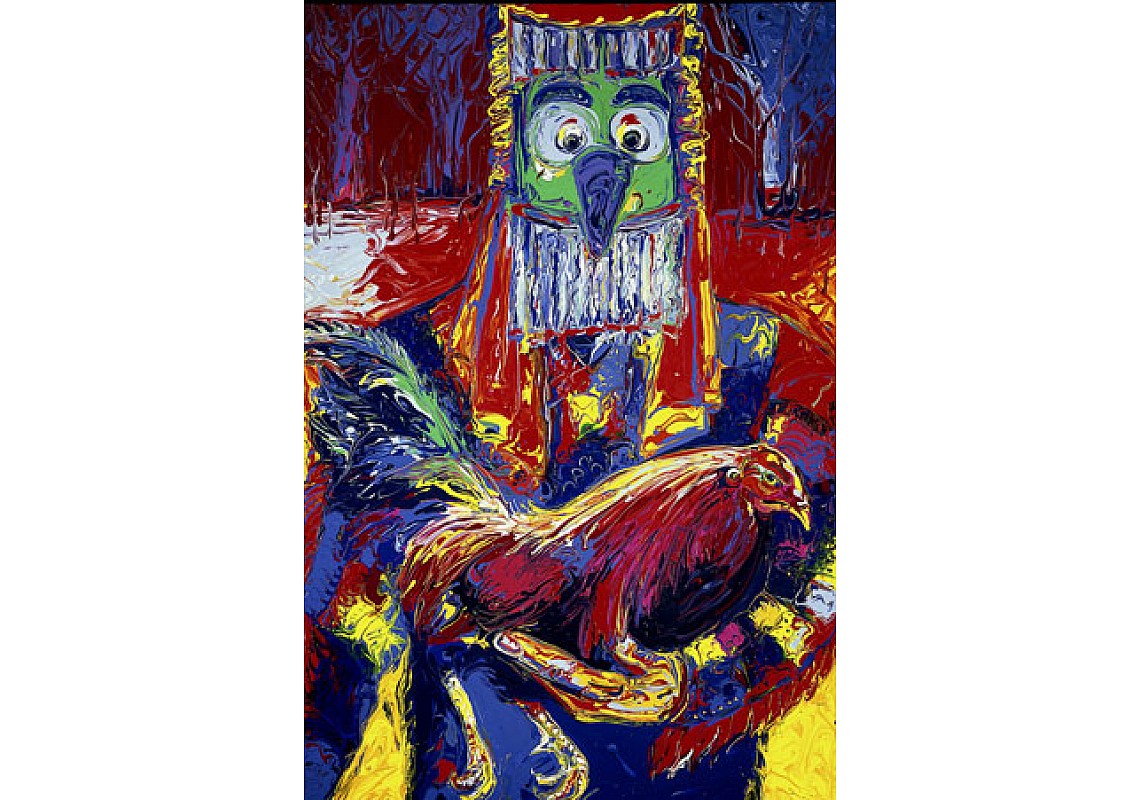What Is Mardi Gras?
- October 10, 2020
- 5491
- 0
- 0
"Laissez les bons temps rouler!" is something we say often in South Louisiana, especially as the New Year comes and we prepare to celebrate Mardi Gras. It means, "Let the good times roll!" You see, the holiday season doesn't end here on January 1st. We let the good times roll right on through February and March as we enjoy one of the most fun-filled aspects of our unique culture. The History of Mardi Gras The origins of Mardi Gras, or Carnival as it is known in other countries, far exceed the arrival of the Cajun people in Louisiana. Many believe the holiday was an old fertility festival that dates back to the time of ancient Rome. What is known for sure is that the holiday became associated with the Christian period of Lent which takes place between Ash Wednesday and Easter Sunday. Traditionally, Lent is a time of abstinence or moderation. Mardi Gras, on the other hand, is a time of revelry and excess. Symbolically, the observance of Carnival is meant to signify that the time of indulgence in our lives must come to a temporary end as we reflect on our personal growth. While Mardi Gras certainly possesses a spiritual undertone, it can also be enjoyed simply as a time of fun and frivolity. Mardi Gras in Louisiana As soon as the New Year has passed and all of the Christmas decorations are removed from the retail shelves, brightly colored wreaths of purple, green and gold begin to appear. King Cakes are baked fresh every day. Parades are held by various krewes in cities all over the state. Some say that the very first American celebration of Mardi Gras, or Fat Tuesday, was conducted by a pair of French explorers. Pierre Le Moyne d'Iberville and his younger brother Jean-Baptiste Le Moyne de Bienville are thought to have marked the occasion when they landed just south of New Orleans on March 3, 1699. It wasn't until 1827, however, that some young college students who had observed the Carnival celebrations in Paris first-hand decided to bring a similar day of revelry to New Orleans. The young people dressed in flamboyant costumes and danced through the narrow streets of the French Quarter. The rest, as they say, is history. The Louisiana Mardi Gras Parade Each year in cities across the entire state of Louisiana, organizations called krewes stage massive colorful parades. While cities like Shreveport in the northern portion of the state have two or three parades a season, in South Louisiana there are parades every weekend from late January until Mardi Gras. The largest celebration of all, of course, occurs in New Orleans. The krewes of Rex, Endymion and Bacchus present large parades that are attended by people from all over the world. Celebrities ride atop floats that boast elaborate designs based on a specific theme and toss colored plastic beads to all those who line the streets. The Krewe of Orpheus was founded by one of our favorite sons, Harry Connick Jr., and features famous musical artists, actors and actresses in its parades. The Courir de Mardi Gras In South Louisiana, we have a special way of celebrating Carnival known as the Courir de Mardi Gras. In Cajun French this phrase means "Fat Tuesday Run." Courir de Mardi Gras is primarily a rural celebration that bears many similarities to Halloween. The various communities of Cajun Country have their own way of celebrating Courir de Mardi Gras. These can include street dances and community gumbos, the traditional begging for nickels and riders in costume on horseback who conduct a procession through town. As the Courir passes through a community, the participants will stop at homes and businesses to seek contributions of food for the community gumbo, enjoy a favorite beverage and even indulge in symbolic floggings! It all ends with members of the procession chasing a live chicken through muddy fields. The chicken, once caught, will then be used to prepare the gumbo. It's all in good fun, however, and revelers party into the wee hours of the night. Louisiana Mardi Gras Traditions Some of the most famous Mardi Gras traditions in Louisiana include:
- Parades
- Colorful beads
- King Cakes
- Costumes
The most important Mardi Gras tradition, however, is having fun. Mardi Gras is a time to honor good friends and good fellowship. We take our yearly Mardi Gras ritual seriously, and we strive to make everyone feel welcome when they come to enjoy all the sights, sounds and tastes of this special time in Louisiana. Mardi Gras is just one of the many elements that make South Louisiana and Cajun culture unique. In total, it is an affirmation of the connection Louisiana retains with its French and Acadian ancestors.

